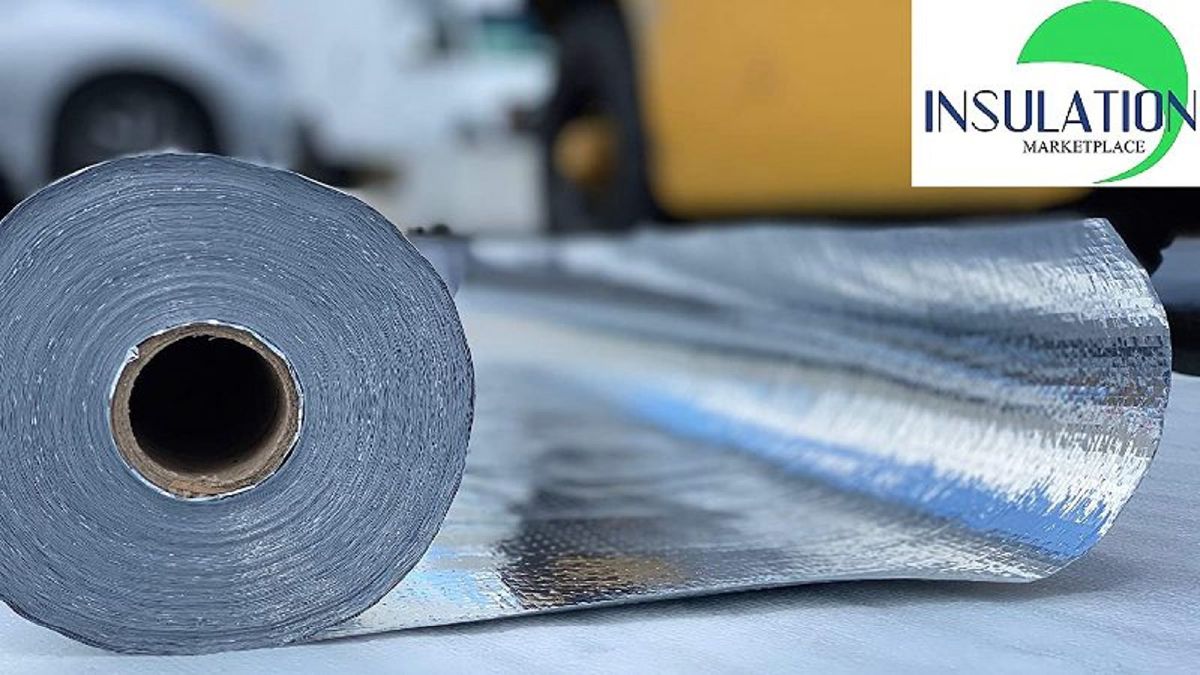What is the R Value in Insulation? Factors and Installation Tips
When considering insulation, you might wonder, "What is the R-value in insulation?" It’s a measure of how well a material resists heat flow. A higher R-value indicates better insulation performance, as it shows the material’s effectiveness in slowing down the transfer of heat from one side to the other.
R-values, however, do not apply to blown-in or loose-fill insulation, such as insulation board, mineral wool, and glass wool. Manufacturers usually put an R-value for each insulating product or on the installation location. Thus, R-values help determine how well a material insulates in a building.
What Affects the R-value of Insulation?
Now, we all know it indicates the ability of a material to resist heat. However, what determines this value?

Factorsproduct's material, thickness, and density can affect its R-value. Exposure to moisture, aging, and temperature can also have an impact on its ability to insulate.
These minor factors may lessen a structure's overall insulating capacity. For example, moisture exposure may prevent compacted insulation in a kitchen wall from achieving the stated R-value.
Therefore, to guarantee constant performance, users should ensure the product is compatible with high moisture levels.
How is the R-value calculated?
Here's the formula to calculate the R-value:
R-Value = Thickness (m) / Thermal conductivity (W/mK)
The performance of the insulating product depends on its thickness and heat conductivity. Thicker products have higher R-value and better insulating power.
Although it is impossible to limit heat flow entirely, it can be lessened by materials with low heat conductivity. The higher the resistance to heat flow, the higher the R-value.
The overall R-value of a structure is calculated by adding the R-values of all the elements that contribute to a stable, uniform layer, such as walls. Here's an example:
R-value of total structure = R-value of outer bricks + R-value of insulation + R-value of plasterboard
Does The R-value Change Depending on Where The Insulation is Installed?
Now you’re clear about this value. But, how about the factors affecting it, such as the installation location?
Both the material and the application location have an impact on the insulation's R-value. Since materials like beams and joists transport heat more quickly, the position of insulation affects the R-value.

In order to thwart heat movement, the insulation must have greater heat. And it takes more layers of insulation to achieve the appropriate performance levels.
The R-value rises with increasing material thickness or total structural build-up because the build-up as a whole becomes more heat-resistant.
What R-Value Should I Install?
The United States Department of Energy issues a map showing the suggested R-value range for each region. In the South, materials with R-values between R13 and R19 for floors and between R30 and R60 for attics are ideal.
Meanwhile, R49 to R60-rated attic insulation and R25 to R30-rated floor insulation are recommended for residents living in the north.
Since around nine out of ten homes are under-insulated, adding insulation to a home can result in yearly electricity bill savings of 10%. Homeowners can greatly benefit from repairing air leaks and adding insulation with the appropriate R-value.
If you want to construct your house with proper R-value products, have a look at our insulation items. They will help protect your home without sacrificing its aesthetic look.
We offer:
-
SmartSHIELD - Foam Core Reflective Insulation: The product acts as an ideal radiant barrier, reflecting 95% of all radiant energy and avoiding condensation. Lowering heat flow into and out of the house also lowers utility costs. It’s also resistant to moisture and humidity.
The product is simple to cut and install since it’s made of highly reflective Engineered Foil on both sides. This premium reflective foam core insulation can be used in many places, including attics, walls, ceilings, pole barns, steel buildings, roofing, concrete floors, and more.
Insulation MarketPlace provides Foam Core Reflective Insulation in various thicknesses (1.5mm, 3mm, 5mm, 6mm, 10mm, and 20mm) so you can choose the desired one.
-
DIY Reflective Insulation Sheet: This is an inexpensive way to save energy with this do-it-yourself insulation sheet. It comprises highly reflective Engineered Foil, which reduces heat transfer and provides thermal insulation, and a 3mm single bubble cushion.
Because the sheet is simple to install and take off, it may be tailored to fit any size window or door. It keeps the room cooler in the summer by blocking up to 97% of the sun's heat.
Additionally, the package reduces heat loss in the cold by providing thermal insulation. Plus, it is simple to clean and provides full privacy. The product can be used in many places, such as beneath water heaters, ducts, pipes, RVs, walls, ceilings, garage doors, etc.
-
SmartFOIL - Radiant Barrier: SmartFOIL radiant barrier is a non-toxic, non-carcinogenic, fiber-free, easy-to-install, and maintenance-free product. It offers corrosion resistance in accordance with D3310 and satisfies or surpasses all ASTM C1313 criteria.
It reduces the heat that radiates from a hot roof by 95%, lowering your utility costs. The product is commonly used as a house wrap for extra insulation because it is simple to install in both new and existing constructions.
Selecting The Right Insulation!

Hopefully, this article has helped you understand “What is the R value in insulation” and why it’s crucial for your projects. The R-value measures a material's resistance to heat flow, with higher values indicating better insulating performance. By considering the R-value, you can select the best insulation material for your climate and energy efficiency goals, ensuring effective temperature regulation, reduced energy consumption, and enhanced comfort.
FAQs on R-Value in Insulation
Why is R-value important for insulation?
Generally speaking, a higher R-value indicates better energy efficiency and climate management for your house. It typically also denotes a higher price point. Users should verify the manufacturer's stated R-value per inch of thickness for each type and material of insulation to ensure the desired efficiency.
Is an R-value of 2.25 good?
Yes. An R-value of 2.25 is ideal for your floor insulation. It can lower your energy costs and improve your home's energy efficiency.




